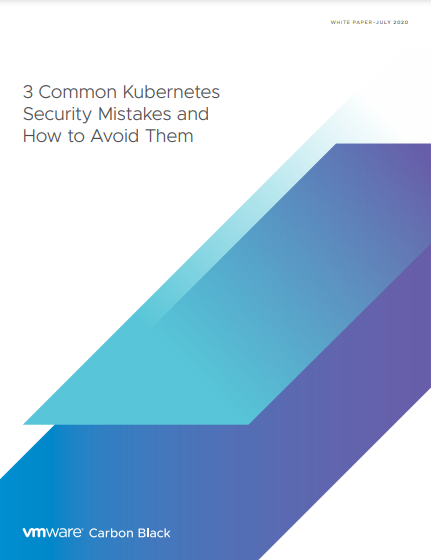
Kubernetes greatly simplifies cloud native infrastructure for developers. With just a few lines of code and one Kubernetes command, it will deliver a replicated service, a load balancer, and you’re ready to start serving internet users. However, Kubernetes also introduces new security gaps and blind spots within the code and configuration when applications are pushed to production. It can be easy to overlook the full consequences of what a single line of configuration is capable of. One simple mistake in a configuration file, or one erroneous copy/paste from a bad source, and you’ve suddenly poked a hole in the security of your clusters that could be exploited.
We’ve heard far too many cautionary tales from DevOps teams that have identified issues stemming from the misconfiguration of Kubernetes. These mistakes were caught after they were brought into production, which is far too late. Here are three common mistakes teams make when configuring Kubernetes workloads and how to correct them.